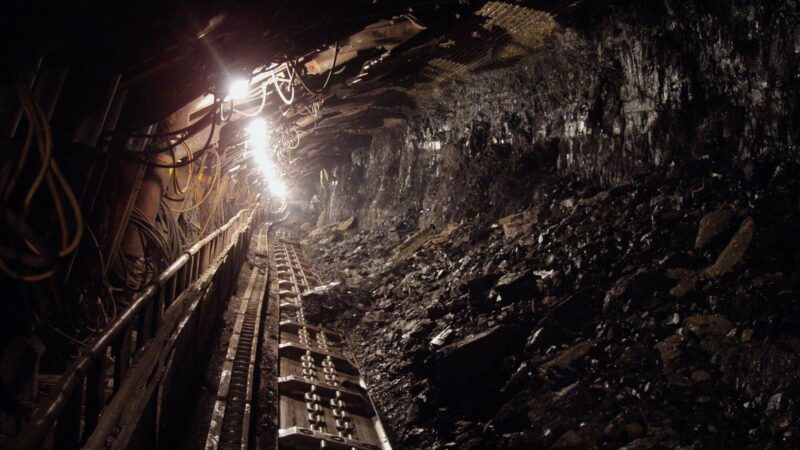What Is an Elevator? A Quick Guide To How Elevators Work

Did you know that there are 1.03 million elevators in the US? That means there is one elevator for every 317 riders across the country. People travel further on elevators on an annual basis than on rail and air miles combined.
You’ve likely ridden in at least one elevator in your life. Almost all buildings over four stories have a working elevator. But have you ever stopped to think about how elevators work?
You’re probably asking yourself, what is an elevator? Well, let’s get into it.
What is an Elevator?
Elevators are technically a type of car that moves passengers or goods up and down a vertical transport shaft. Outside of America, elevators are also called “lifts” because that’s exactly what they do. They lift people and things to new places.
Technically, elevators can take passengers and goods down to places. If it weren’t for the invention of the elevator, we might not have the high-rises and cityscapes that define our urban environments.
Who Invented the Elevator?
The elevator was invented by Elisha Graves Otis of the Otis Elevator Company. Otis came up with the idea in the mid-1800s. The first elevator was installed in New York City in 1856.
After Otis died, he left the company to his sons. Together, these young men brought their father’s invention to towns and cities around the country. Even though the company has changed hands many times, the Otis branch still operates in Cleveland, Ohio, today!
How do Elevators Work?
At the top of an elevator shaft is a motor, which turns a sheave like a pulley system. The cables attached to the elevator raise and lower the cab and a counterweight.
The counterweight can weigh as much as the car, plus 40 to 45 percent of a fully-loaded elevator car. Using the magic of gravity, the counterweight moves as the gears connect to the motor.
Cables on elevators have evolved rapidly over the last 150 years. The cables have to hold 125 percent of the maximum weight of the car when it’s completely full, according to Scientific American. Cables are typically made of steel rope.
Why do Elevators Break?
Elevators typically break due to human error or wear and tear. Vandalism, overloading the car, even smoking can damage an elevator. Elevators’ completely breaking down is a rare phenomenon, so long as the company or building conducts routine maintenance.
The modernization of the traditional elevator makes breakdowns even rarer. Using data-driven analysis, companies like AuditMate modernization for elevators have reduced the number of issues that buildings and companies face with outdated machinery.
Want to Know More?
Elevators are part of our day-to-day life but rarely do people think of how and why they work. Most people don’t even notice they’re in an elevator until they’re in a particularly slow or dirty one.
Thanks to modernization, elevator speeds have reached upwards of 100 floors in 30 seconds in places like Taiwan. If you want to know more about ” what is an elevator” or about elevators and lifts and how to improve yours, check out other articles on the site for more information!






